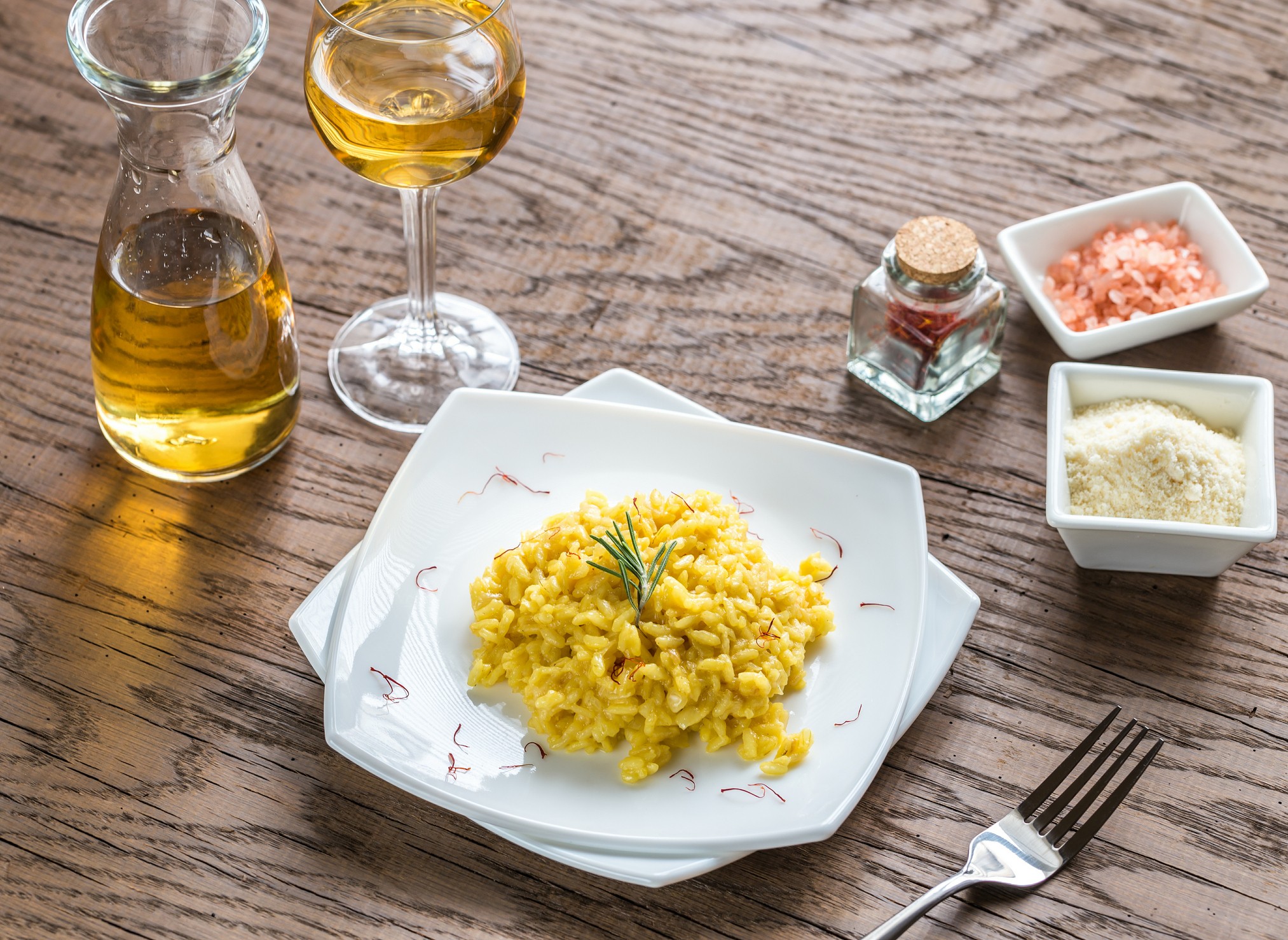Gorgonzola or Roquefort – which was the first blue cheese ever, and is the mould good for you?

Gorgonzola and Roquefort’s origins are said to be in the ninth century. However, a recent publication suggests that Roquefort could go back even earlier, to when southern France was part of the Roman Empire
Italian Gorgonzola is one of the world’s most prestigious blue cheeses, known for its “smelly” pungent odour and vein-like greenish streaks of mould. Yes, it’s cheese that’s actually a few steps away from having real maggots in it. But how did this fungus-ridden product come to be not only edible, but highly sought by world gourmands and cheese tasters?
As for the most sublime of concoctions, Italy’s iconic cheese was created by mistake in the countryside surrounding the picturesque town of Gorgonzola, at the border between the northern regions of Lombardy and Piedmont.
“Its origins are steeped in legend but one thing is sure: it was the result of an error that occurred along the cheese production chain which eventually turned out to be successful”, says Italian master cheese taster Beppe Casolo.
According to the Gorgonzola consortium uniting producers and ensuring strict regulations, its birth date traces back to the middle ages – and, precisely, to the year 879.
One day a distracted and sad dairy boy who had just been dumped by his girlfriend forgot to empty the cheese pot out at night. Instead of throwing away the almost rotten curd the next morning, he added a fresh layer of cheese.
In between the two layers green “parsley” looking veins of mould formed. Instead of throwing it away, the boy and his boss tasted it and found it delicious, perfect for their rough palates and those of their townspeople. The mistake was then replicated several times over until Gorgonzola became a specific cheese variant.
“I guess the real turning point in Gorgonzola’s history is when people actually started to eat cheese with mould, something which would naturally repel ended up luring eaters who found it delicious, and discovered that mould-ridden cheese could be served at the dinner table and be enjoyed”, says Casolo.
Stefano Fontana, head of the Gorgonzola consortium, explains how the terroir is ideal. “The particular climate and efficient canal irrigation system guaranteed fertile plains for huge cow milk production, which is the basic ingredient of Gorgonzola, while the presence of underground natural caves was optimal for seasoning even during summer when production usually stopped”.








